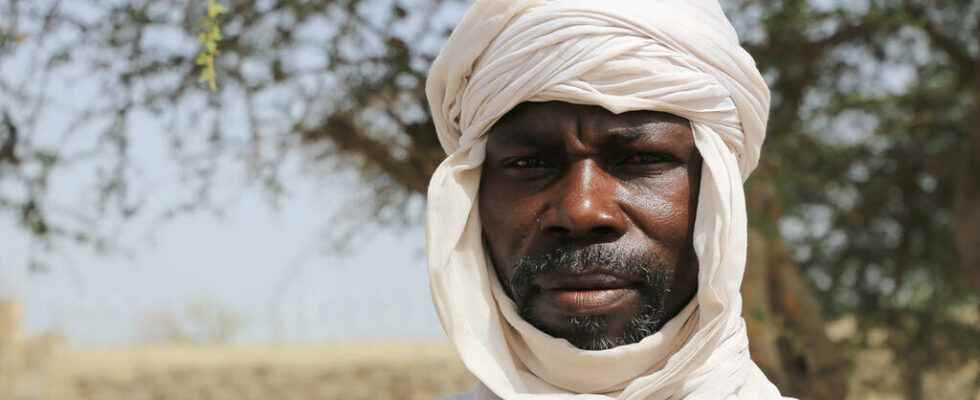The kadamoul, or chèche/turban in French, has been worn for generations by men living in a desert environment. Abandoned by the new generation, the traditional kadamoul has been brought up to date with the #challengekadamoul launched on social networks by a turban enthusiast. Since then, if for some the kadamoul helps protect themselves from heat and dust, for others it has become a fashion item to assert their identity.
In the streets of Ndjamena, the kadamoul, a large white turban, is rolled up on the heads of the men, especially on dusty days. ” It is important the kadamoul in Chad. It protects me from dust. But I don’t wear it every day. Only when I’m on a motorcycle. Otherwise, I remain bareheaded. »
Next to him a man nods, he only uses it on dusty days.
A challenge that boosts its popularity
In the past, the kadamoul was an essential accessory to the outfit of men from the north and center of the country. Today, it becomes a simple protection against bad weather in the capital, to the great displeasure of Brahim Dadi, writer.
To bring it up to date, he launched the #challengekadamoul on social networks. The response is immediate: hundreds of young people post photos, proudly wearing their kadamoul. Ministers and public figures also played the game.
A craze that surprised Brahim Dadi, who wanted to express a fed up. ” It’s not normal that we can label the turban as if it’s something backward, he explains to us. It started at a young age, when you arrive at school: you shouldn’t wear a turban. We were banned. Today, when you arrive in a bank or somewhere, people are a little shocked (that we tell them) that you cannot arrive in a bank with a turban. However, the turban is worn like the habit, anywhere and everywhere. »
Express your identity
In Chad, the way of rolling up a kadamoul allows you to know at a glance who you are dealing with: a married man or a single man, a notable or a civil servant. Add to this that each community has its own way of wearing the turban.
Brahim Dadi, originally from the far north of Chad, explains how to use it. ” When I take the turban, there is a flap which must be folded over the shoulders and which must stop at the knees. The other part will make it possible to pass a pan over the mouth and the nose, and the others I wrap them on the head. So first I bring it to the middle, then I put it on top, and then I bring it back to the middle again. When I roll up, it’s not facing the mirror. I know how to wind up so that it becomes the same type of winding all my life. »
In his sewing workshop, stylist Hissein Adamou Camara makes city outfits and traditional boubous. This year, he has seen a strong comeback of kadamoul among young people.
” It comes back under the fashion effect and the trend effect. People try to create an identity from their kadamoul. I use it, I express myself with it, I express my belonging. But it’s more in the villages, in the really desert areas that we consider the kadamoul as a compulsory complement of clothing to feel like a boy. »
Long piece of cotton fabric, the kadamoul measures how much exactly? ” The footage, for teenagers, (is) often just two meters, no more. It’s a way of introducing them to the turban. As for the big ones, from 5 meters, it is a good turban. For the old, they wear up to 6 meters because they sometimes add the cap on it, to be able to say that they are big enough, or wise men or notables, to change a little. »
The stylist recalls that beyond the style, the kadamoul remains an essential accessory in certain circumstances to hide one’s emotions, especially during mourning.
